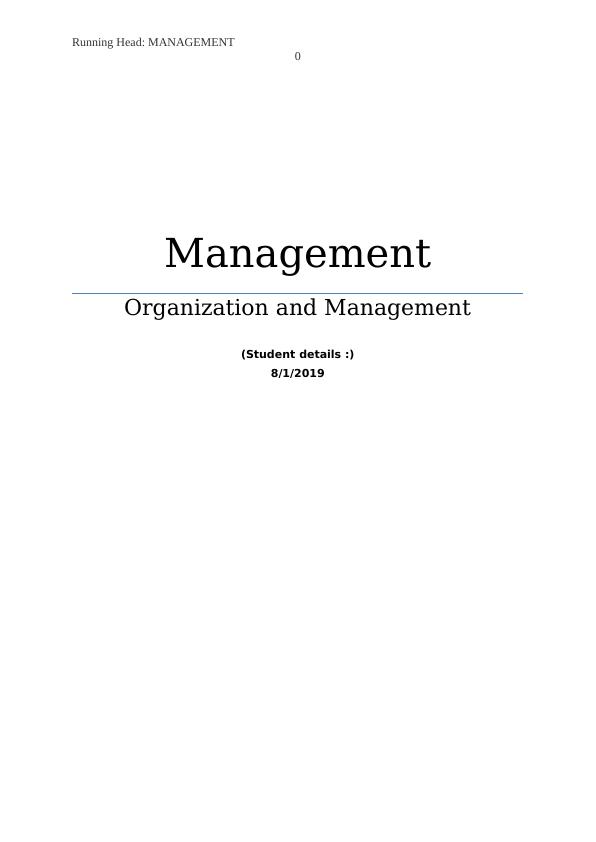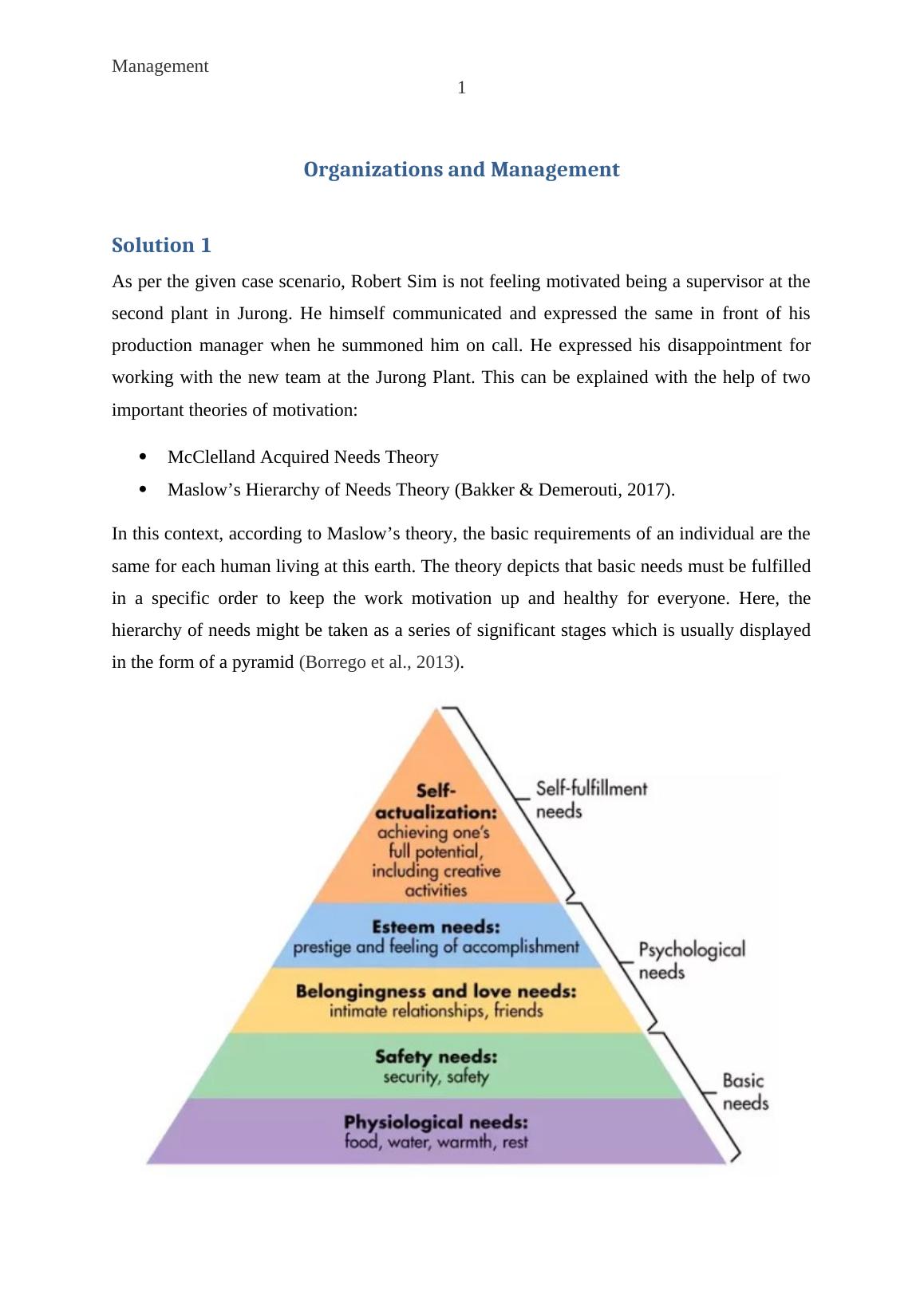Organizations and Management: Motivation Theories and Leadership Styles
Analyzing the performance issues of a supervisor in a machine shop and proposing solutions to improve workflow and productivity.
6 Pages1478 Words313 Views
Added on 2022-10-19
About This Document
This document discusses motivation theories like Maslow's Hierarchy of Needs and McClelland's Acquired Needs Theory, and leadership styles like Laissez-faire and Autocratic in the context of organizations and management. It provides solutions to case scenarios and explains the importance of choosing the right leadership style. The document also includes references for further reading.
Organizations and Management: Motivation Theories and Leadership Styles
Analyzing the performance issues of a supervisor in a machine shop and proposing solutions to improve workflow and productivity.
Added on 2022-10-19
ShareRelated Documents
End of preview
Want to access all the pages? Upload your documents or become a member.
BUSINESS L 233 - Business Essay Case Study Role Of Human Emotions
|11
|2978
|46
Motivational Theories and Techniques in Organizational Behavior
|7
|1638
|44
Managing and Leading Project Teams
|17
|3029
|198
Organizational Behaviour: A Case Study of Myers, Australia
|16
|4468
|481
Theories of Motivation and Their Application in Modern Workplace
|7
|1757
|204
Theory of human motivation in Maslow's Hierarchy of Needs
|6
|1491
|153



